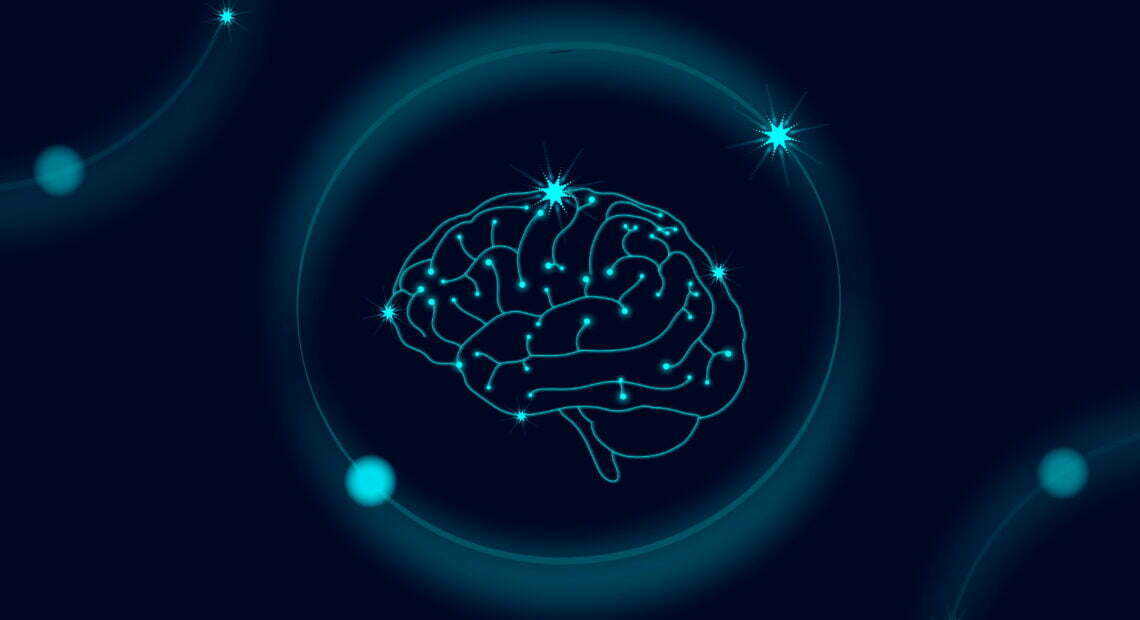How to Trick Your Brain

What we see and feel is not a reflection of what is happening around us. What we see from the outside is mostly a product of our brain’s processing and how it perceives certain sensations. There are several ways to trick the brain:
- A special procedure called after Ganzfeld
It was invented in the 30s of the last century and called the soft sensing isolation technique. To carry out the procedure, tune the radio to interference, lie on the couch and stick the halves of table tennis balls on the eyes with adhesive plaster. After a minute, people begin to hear hallucinations. Someone hears a horse running, others hear that the souls of the dead are talking to them. It is our brain that invents its own emotions since it does not receive them from the outside.
- Pain relief
To reduce the pain from a wound, you can look at it with binoculars in reverse, that is so that it decreases. Scientists from Oxford have proved that if you look at the wounded arm through the other end of the binoculars, it will decrease in size, which means that the pain will be less. This proves the connection between the sensations of pain and vision.
- The Pinocchio illusion
Take 2 chairs and a blindfold. The subject is blindfolded and sits in the back seat with a glance at the other person in front. A blindfolded person can reach out and put it on the nose in front of the seated person. With his other hand, he touches his nose and rubs it. In a minute, more than half of the people claim that their nose has lengthened.
- Deception of thinking
For this experiment, you need to raise your right leg low and start moving it clockwise. Simultaneously with this with the index finger of your right hand, draw a six in the air. Your leg will be unable to do anything and will begin to rotate counterclockwise. This is caused by the work of the left hemisphere of the brain, which is inherent in control of the right half of the body, as well as rhythm and synchronization. Because it does not cope with the work of two movements that contradict each other, it will strive to combine them into one.

- Deception of hearing
This experiment requires 2 observers and 1 test subject. For the experiment, take headphones that are attached to two tubes on both sides. The subject sits on a chair between the observers, keeping an equal distance from them. The observers begin to speak in turn, each in his tube, and the listener determines the direction of the sound. If you swap the tubes and start talking again, the subject will indicate the wrong direction of the sound.
This is due to auditory localization, which is needed to determine the direction of the sound source by a person. Since the human hearing system has limited capabilities in determining the distance of the sound source, an intersonic difference is obtained in time. If you change the tubes, then the neurons on the opposite side of the brain are involved in the work, and the person will incorrectly determine the source of the sound.
- The illusion of a rubber hand
This experiment was accidentally discovered by psychologists and proved that a person can consider a rubber hand as their own. Take a rubber hand or rubber glove and inflate it. You will also need a piece of cardboard and two paintbrushes. Put the rubber hand in front of you and hide yours behind the cardboard. Let the person helping you start brushing the brushes along with the real and the rubber hand at the same time, and after a few minutes, you will feel that the rubber hand also belongs to you. If at the same time your assistant hits the rubber hand, then you may even feel pain and anxiety.7. People under 20 years old can hear sound with a sine wave with a frequency of 18 thousand Hertz. This fact allows teenagers to use this sound as a ringtone on a mobile phone so that only they can hear this sound. This is because with age, a person begins to hear sounds of high frequency worse.
- Purkinje effect
This is the name of a scientist who is considered the founder of modern neuroscience. As a child, he studied a special kind of hallucination, which was based on the rapid waving of his hands in front of closed eyes, while looking at the sun. After a couple of minutes, he saw figures of different colors, which were changing all the time and becoming more sophisticated.
On this fact, special glasses were created, which could turn on the light at a certain frequency. Due to the stimulation with light, a short circuit appeared in the visual cortex of the brain, and the cells themselves also lit up peculiarly and formed images.











